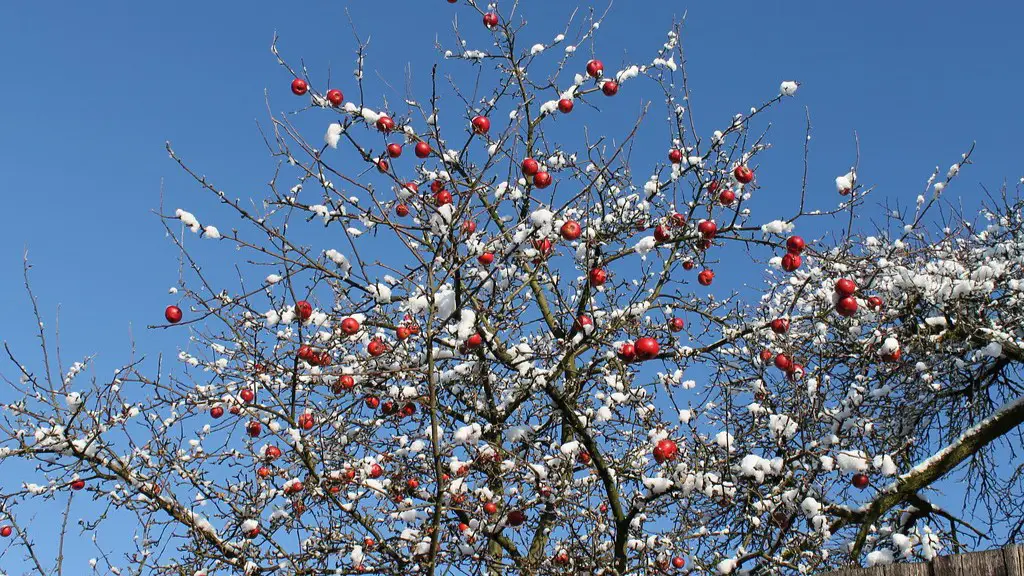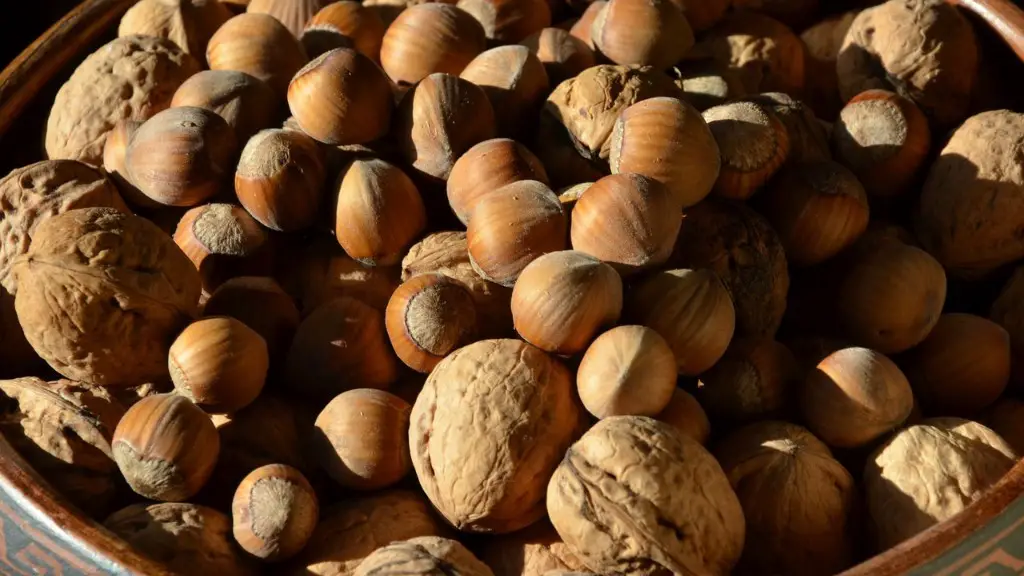Introduction
Coconut palm trees are a tropical species of palm that grows in warm, humid climates and can reach heights of approximately 45-60ft. The trees are widely cultivated and widely sold throughout the world. The fruits are highly nutritious and widely used in various recipes. Coconut palms trees also provide protective shade and act as a windbreak. If you are looking to buy a coconut palm tree, there are a variety of options to choose from with different sizes, shapes and prices.
Where to Buy
There are various places where you can purchase a coconut palm tree. Garden centers, nurseries, home improvement stores, and landscape companies often stock a range of palm trees.
Many online retailers, such as Palm World Trading, sell coconut palms in a variety of sizes and shapes. When selecting from online retailers, you should ensure that you read the full description of the product to ensure that it meets your specific requirements.
For those looking for unique or rare varieties of coconut palms, some specialist nurseries and palm tree connoisseurs are available. These experts can help you choose the most suitable tree for your location, and their services often include transplanting and caring for the tree.
Costs
The cost of coconut palms can vary significantly, depending on the size and shape of the tree. Smaller palms may cost less than $50 USD, while larger, more mature trees can cost hundreds of dollars. It is important to check the size of the tree before purchasing and consider the costs of shipping and delivery if purchasing online.
It is also worth considering the long-term maintenance costs associated with coconut palm trees. These can include fertilizers, insecticides and maintenance equipment. These costs can add up over time, and it is important to consider them when deciding whether to purchase a coconut palm tree.
Care
Coconut palms are fairly low maintenance but do require some specific care. They need to be planted in well-draining soil and should be watered regularly. It is important to ensure that the soil is not too wet or dry as both can cause problems for the tree.
Fertilization is important for the health of the tree, and regular applications of fertilizer should be done throughout the year. It is important to note that coconut palms are susceptible to sunburn, therefore it is important to provide them with some shade.
Pests and Diseases
Unfortunately, coconut palms are susceptible to a variety of pests and diseases. It is important to regularly inspect the tree and treat it promptly if any symptoms of infestation or disease are detected. Common pests include thrips and mealy bugs, which can be treated with insecticides.
Diseases such as heart rot, fusarium wilt, anthracnose and phytophthora root rot can infect the tree, and it is important to apply fungicides to prevent the spread of these diseases. It is important to take all necessary precautions to prevent pests and disease from occurring.
Transplanting
Transplanting a coconut palm tree is an incredibly delicate process, and it is important to ensure that the tree is properly prepared for the move. It is important to consult with a specialist prior to attempting to transplant the tree yourself, and to ensure that you take all necessary precautions to ensure the survival of the tree.
Location
When selecting a location for your coconut palm tree, it is important to consider the climate, soil conditions and amount of sunlight. Coconut palms prefer warm temperatures, so the location should be in a position that receives plenty of sunlight and is well ventilated.
The soil should be moist but well-draining, as water logging and over-saturating can be detrimental to the tree. If the tree is in an area with strong winds, it is important to provide some form of support, such as a stake or wall to provide additional stability.
Harvesting
Once the coconut palm tree is established, it should start producing coconuts in around three to four years. The tree will produce a large quantity of coconuts and it is important to ensure that it is harvested regularly to prevent damage.
It is also important to maintain the soil around the tree, as this can affect the health of the tree and the quality of the nuts. The harvest should be done carefully to avoid damaging the tree, and coconuts that fall to the ground should be removed promptly to prevent rot.
Pruning
Pruning is an important part of coconut palm maintenance and should be done regularly to maintain the shape and size of the tree. Old, dead or diseased branches should be removed and pruning should allow light to penetrate the tree.
It is important to remove all dead leaves and flowers in order to increase air circulation and reduce the chance of infestation. Pruning should also be done to prevent the tree from becoming too crowded, which can reduce the amount of light and air getting to the tree.
Conclusion
Purchasing a coconut palm tree can be a great addition to any garden or landscape. If you are looking to buy a coconut palm tree, there are a variety of options available with different sizes, shapes and prices. It is important to carefully consider the costs, care, location and harvesting associated with the tree. With the right care and maintenance, a coconut palm tree can bring a beautiful, tropical feel to any outdoor space.


